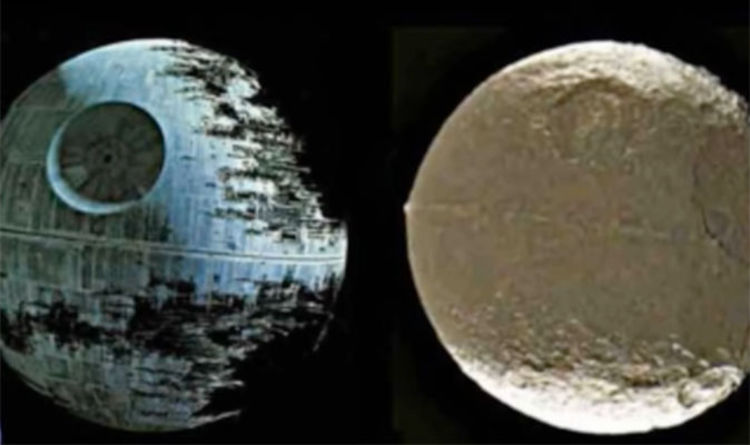Discovery of two types of neutron stars points to two different classes of supernovae

See I love when stuff like this happens as it just proves we know very little about how things work. The great thing is when we do discover new things it betters are understanding and makes the universe a more interesting place.
Astronomers at the universities of Southampton and Oxford have found evidence that neutron stars, which are produced when massive stars explode as supernovae, actually come in two distinct varieties. Their finding also suggests that each variety is produced by a different kind of supernova event.
Read more HERE
Stellar extremophiles

Not only is it curious that these stars exist where they do, but the composite image is quite beautiful.
Back in the 1970s, biologists were amazed to discover a form of life they never expected. Tiny microorganisms with ancient DNA were living in the hot springs of Yellowstone National Park. Instead of dissolving in the boiling waters, the microbes were thriving, ringing the springs with vibrant color.
Read more HERE
Forget exoplanets. Let's talk exomoons

While the current technology isn't even able to detect Ganymede in our own solar system via the methods proposed, future missions could do it. In fact, I remember not too long ago when we weren't even sure of exoplanets and last I looked (November 7th, 2011) we've discovered 697 extrasolar planets in 573 systems and 81 multiple-planet systems so in the next 50 years we could easily have discovered that many exomoons!
It wasn’t that long ago that astronomers began discovering the first planets around other stars. But as the field of exoplanetary astronomy explodes, astronomers have begun looking to the future and considering the possibility of detecting moons around these planets. Surprisingly, the potential for doing so may not be that far off.
Read more HERE
NASA ready for November launch of car-size Mars rover
This mars rover really had me excited a while ago when it was supposed to be carrying a 3-D camera provided for and funded by James Cameron, until NASA nixed the camera... which they had no real reason to do other than to cover up something.
NASA's most advanced mobile robotic laboratory, which will examine one of the most intriguing areas on Mars, is in final preparations for a launch from Florida's Space Coast at 10:25 a.m. EST (7:25 a.m. PST) on Nov. 25.
Read more HERE
Does the Pluto system pose a threat to New Horizons?
It would suck if this thing gets all the way out there, then smashes into some body around Pluto's orbit. Lousy thing is, it's quite possible.
With nearly two-thirds of its journey complete, the New Horizons spacecraft is still alive and well. It recently experienced a “hibernation wakeup” which started on November 5th and will last until November 15th… and it will sleep again until a month-long call in January. However, the real “wakeup call” may be when it reaches the complicated Pluto system. Watch out for that rock!
Read more HERE
Russia's attempts to save Mars probe unsuccessful
Alright, so after NASA cancelled Curiosity's 3D camera provided by Cameron I was suspicious they were trying to hide something. Now this Russian mission to Mars is stuck in EARTH orbit... what are the powers that be trying to hide that they had to sabotage this Russian craft? What are they hiding from the Russians? What are they hiding from the general population?
As Russia's space agency struggled Thursday to fix a probe bound for a moon of Mars that instead got stuck in Earth's orbit, some experts said the chances of saving the $170 million craft looked slim.
Read more HERE









